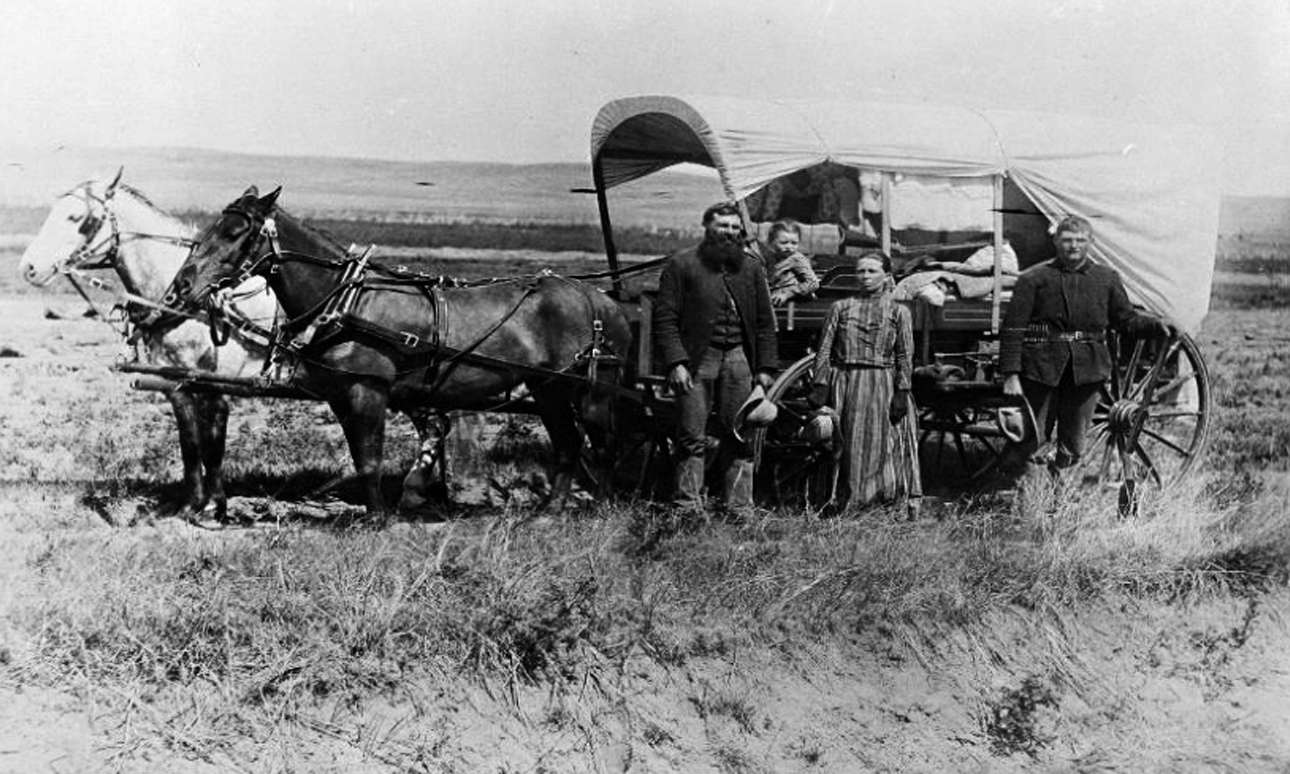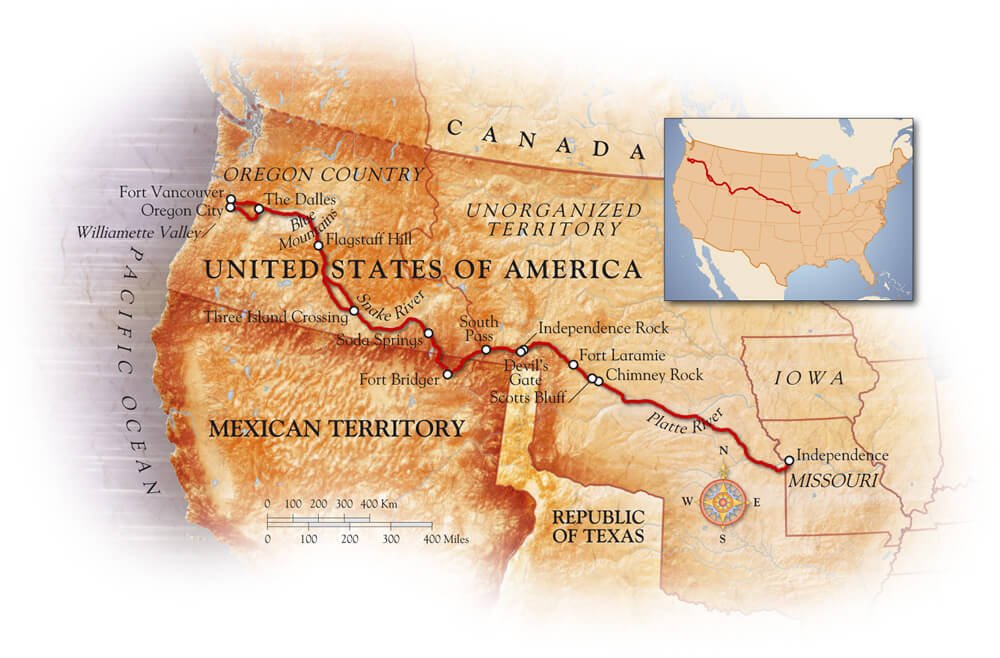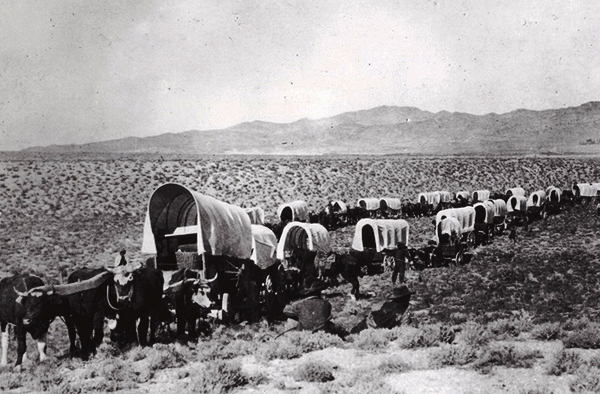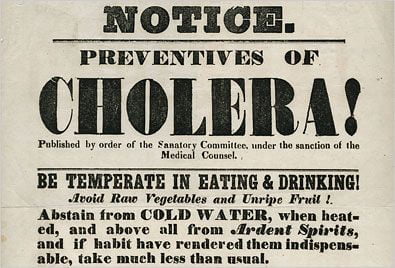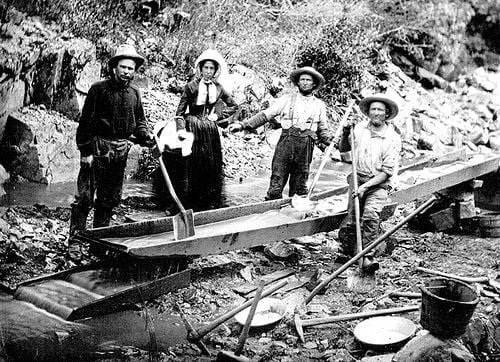Learn more about history of the Oregon Trail. The Oregon Trail, an emblem of American westward expansion, is a legendary path etched into the nation’s history.
It’s a saga of pioneers, courage, and the relentless pursuit of new horizons.
History of the Oregon Trail – The Trail Begins
In the early 1800s, a significant wave of settlers was drawn to the West Coast’s Oregon Country. Lured by the promise of fertile lands, abundant game, and a chance for a better life, they set out on the Oregon Trail.
The journey to a better future began in Independence, Missouri, and stretched over vast plains, arid deserts, and rugged mountain passes, covering a distance well exceeding 2,000 miles.
The pioneers had their eyes on the rich Willamette Valley in Oregon, where dreams of prosperity awaited.
Challenges and Perseverance
The journey was far from a leisurely stroll. Pioneers encountered a barrage of challenges, from treacherous river crossings to extreme weather conditions. Disease and accidents were constant threats.
Many travelers were forced to lighten their loads, leaving behind precious belongings to make it through. Native American tribes, often portrayed as adversaries in popular culture, were more likely to be allies and guides.
The true enemy was disease, with cholera and other illnesses claiming many lives along the trail.
The Great Migration
In 1843, the famous “Great Migration” marked a turning point. Around 1,000 pioneers formed the first major wagon train, setting off on a journey that would be remembered for generations to come.
Over the next few years, the numbers swelled, with upwards of 50,000 people using the trail each year.
The Oregon Trail created one of the largest mass migrations in human history.
The Oregon Trail became a symbol of Manifest Destiny, the belief in the expansion of the United States.
Settlement and Legacy
Only around 80,000 of the estimated 400,000 Oregon Trail emigrants actually reached Oregon. The majority splintered off in Wyoming or Idaho, seeking their fortunes in California’s goldfields or the Mormon settlements in Utah.
Despite the adversity they faced on the trail, these pioneers helped shape the American frontier and contribute to the westward expansion of the nation.
History of the Oregon Trail – Conclusion
The Oregon Trail is more than just a historical route, it’s a testament to human spirit and determination.
It’s a narrative of dreams, hardships, and the unyielding pursuit of a brighter future.
The legacy of those who embarked on this epic journey lives on, forever etched into the annals of American history. The History of the Oregon Trail is a captivating chapter in American history, and it holds valuable lessons for students of all ages.
If you want to learn more about the history of the Oregon Trail, be sure to play the game “The Oregon Trail,” available directly in your web browser.
